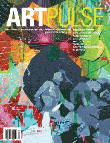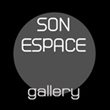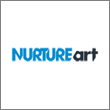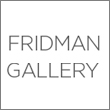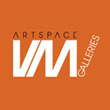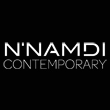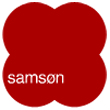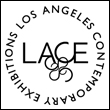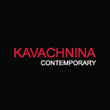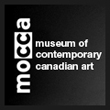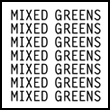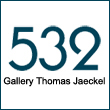« Reviews
India’s Art Summit: A Roaring Success
By Romain Maitra
It may be safely concluded that India’s only showcase art fair to the world, the India Art Summit (20-23 January, 2011, in New Delhi), has come of age in its third edition, with 84 galleries from 20 countries participating. With the footfalls that mounted from 40,000 visitors in the last edition to 128,000 visitors in this one, the art fair reflected the growing interest in and potential for art in India.
“In 2009, new buyers were responsible only for about 30-40% of sales. This time, galleries reported that up to 80% of their works were sold to first-time buyers. The total sales figures amounted to around three times that of last year’s Rs 260 million ($6.5 million), though we are yet to receive the official figures,” said Neha Kripal, the young director of the Summit, the day after the closure.
It may be considered that between 2000 and 2010, the international auction market for Indian art shot up from around $5 million to an estimated $85 million (figures from Sotheby’s, Christie’s, and Saffronart). Over the years, the changes in the Indian art market as a whole have been threefold-sale volumes, price points, and perception. The market has been rising over the past decade, but the progression sped up in 2005 with the gradual rise of the Indian economy. However, as a change in perception, there has been a significant increase in the global awareness of Indian art. Universities abroad have started producing Indian art experts, overseas museums are geared with curators equipped with knowledge of contemporary Indian art, and Indian galleries are increasingly participating in international art fairs and biennales. Furthermore, serious international collectors have begun taking an interest in art from South Asia. The success of the Art Summit could well be a reflection of all this exponential rise in interest.
The German galleries Beck & Eggeling and Die Galerie, for example, both sold a Picasso (over Rs 2 million each) and took commitments on several other international luminaries. Even works by relatively lesser-known contemporary artists, like Britain’s Isabel Rock and Alec Cummings, had red dots (signifying sold items) on them. And just to avoid spending on customs and other duties on sold works, the Latvian gallery Galerija 21 arranged a trip for two of its popular artists, Anita Arbidane and Mirro, last September to India during which they painted realist, bordering on sensual, paintings. Almost all of them were sold. Although as an art form painting is still the lingua franca of the art world, the Summit also saw a significant presence of photography. Another new medium on the block was video art, with sales surprisingly mounting to Rs 50 million ($1.3 million) given the conservative nature of Indian buyers.
Some intellectual baggage of the fair was the well-attended speeches and discussions on different aspects of visual art in the Speaker’s Forum with participation of bright names like Prof Homi Bhaba of Harvard University, British sculptor Anish Kapoor, artist Dan Graham, and Sheena Wagstaff, chief curator of Tate Modern, among other noted artists, art critics, art collectors, gallerists, and cultural bureaucrats from all over India. Also delegations from several foreign museums surveyed the Summit to identify promising artists, with an eye toward acquiring their works. An added aspect was the sizable art book store and stalls of many art magazines from India and overseas, significantly more than in the previous edition. Another adjoining free event was the Khoj Marathon in which Hans Ulrich Obrist, co-director of the Serpentine Gallery in London, interviewed leading Indian figures of contemporary art and culture over nine hours.
“Sooner or later, all the famed international galleries will set up shop in India because this is where money is,” said Kirpal. “This Summit for them is like testing waters, a means to understand the Indian buyer and his tastes.” Since some very good galleries of Europe are beginning to work with some Indian artists, there will be a market for these individual artists, represented by these galleries. However, when all is said and done, it remains to be seen when there will an overarching hype for Indian contemporary art abroad in comparison with, say, Chinese contemporary art.
Filed Under: Reviews


